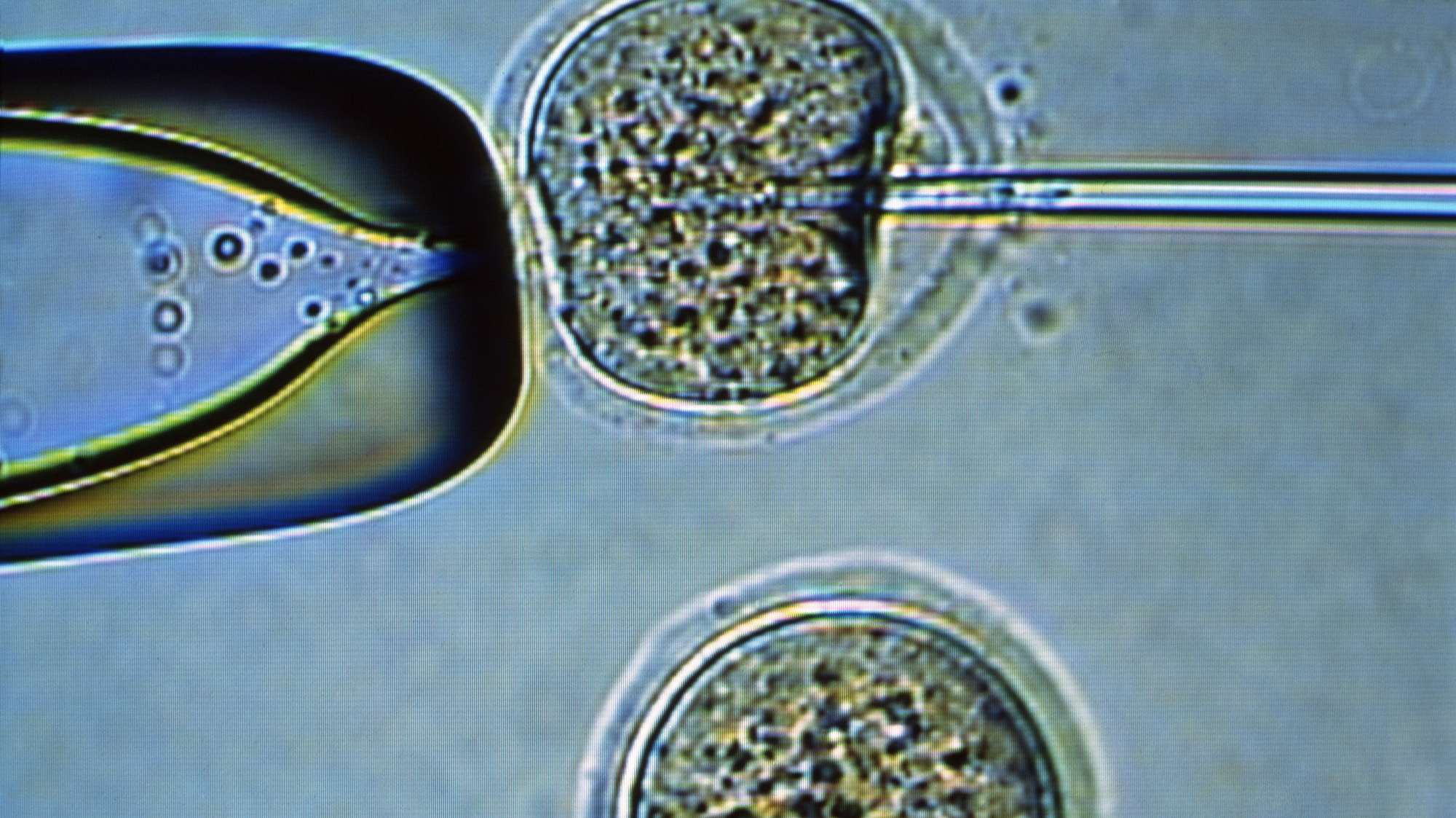On May 16, 2013, human embryonic stem cells were successfully cloned for the first time. The success came nearly seventeen years after the birth of Dolly the sheep, the first successfully cloned mammal. While Dolly was created from an adult somatic cell, specifically a mammary cell, the scientific jump from sheep to human stem cells involved much the same process.
The process is called nuclear transfer and involves removing the existing DNA from an unfertilized egg and injecting the to-be-cloned DNA. For example, a scientist wishing to clone a sheep would extract 1.) an unfertilized egg from a female organism and 2.) somatic cells from the organism which is to be cloned. The DNA from the unfertilized egg is first removed, then the genetic information from the somatic cell, namely the DNA contained in its nucleus, is injected into the egg.
Despite the sophistication of the process, it is rarely successful. When it is successful, the cell with its newly injected DNA will go on to divide normally and eventually become a fully developed organism. The nuclear transfer has successfully produced Dolly the sheep, multiple cows, two monkeys, and of course, embryonic human stem cells. As a whole, however, cloning as a scientific endeavor remains controversial. Some believe scientists who engage in such work are “playing God,” while others are more open to the medical advancements such experimentation could lead to.

